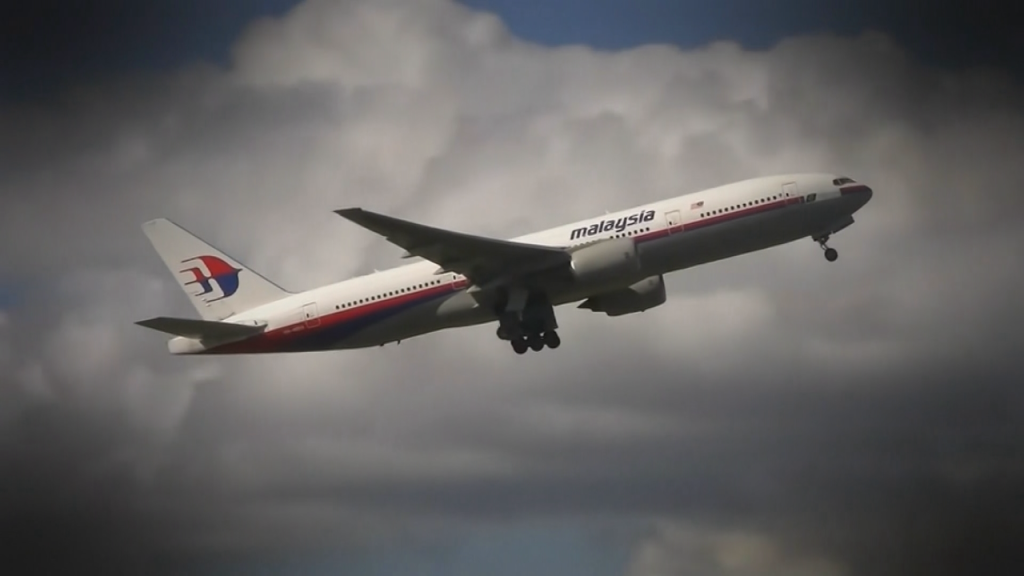Between Official Explanations and Conspiracy Theories
A Critical Examination
Introduction
The disappearance of Malaysia Airlines Flight MH370 on March 8, 2014, remains one of the most perplexing and haunting aviation tragedies in the history of modern air travel. Carrying 239 passengers and crew, the Boeing 777-200ER vanished from civilian radar shortly after departing from Kuala Lumpur en route to Beijing. Extensive multinational search efforts followed, involving satellite technology, deep-sea sonar, and ocean current analysis. Yet, to this day, the main wreckage has never been located, and the true cause of the aircraft’s disappearance continues to elude the world.
This paper aims to critically examine the two predominant approaches in explaining the MH370 incident. First, the official investigative approach conducted by aviation bodies such as the Air Accidents Investigation Branch (AAIB) United Kingdom and the Australian Transport Safety Bureau (ATSB). Second, the alternative, non-conventional interpretations—commonly referred to as conspiracy theories—that have flourished in the absence of definitive conclusions. These include theories involving intelligence operations, covert arms deals, and geopolitical manipulation.
I. The Official Narrative: A Mysterious Route to the Southern Indian Ocean
The official investigation, led by the ATSB and supported by the UK’s AAIB, concluded that MH370 most likely deviated sharply from its planned flight path westward after losing contact with air traffic control. Satellite “ping” data from the Inmarsat system suggested the aircraft then traveled southward, ultimately ending its flight in the remote southern Indian Ocean, west of Perth Australia, far from any possible landing site, after exhausting its fuel supply^[1^].
This conclusion was supported by the discovery of several aircraft debris fragments along the eastern coast of Africa and on islands in the Indian Ocean, such as Réunion and Mozambique^[2^]. Forensic analysis confirmed that some of these fragments matched components of the Boeing 777 aircraft registered as MH370.
Despite these technical findings, a significant void remains in the narrative: no satisfactory explanation exists for why the aircraft changed course, or who was in control. While the possibility of pilot sabotage or suicide has been suggested, no direct evidence has ever been uncovered to substantiate such claims^[3^]. As such, the official narrative remains the most credible explanation based on the data available—yet it is incomplete.
II. Conspiracy Theories: From Unusual Debris to Secret Arms Transfers

The inadequacy of the official explanation in addressing motivational questions, coupled with the failure to recover the main fuselage, has opened the door to a variety of alternative theories. While many of these are unsupported by concrete evidence, they gain traction due to their engagement with sensitive issues such as geopolitics, military industry & technology, and global intelligence operations.
A. Debris in Africa: Inconsistent Clues?
Some independent aviation analysts have questioned the nature of the damage observed on certain debris—especially the flaperon found on Réunion Island. According to them, the damage does not align with a high-speed ocean impact scenario. Instead, the patterns suggest exposure to high heat or explosive pressure, raising suspicions that the aircraft may have exploded mid-air before crashing^[4^]. This fuels speculation of sabotage or even a missile strike.
B. Secret U.S. Arms Transfer to Beijing?
One of the most controversial theories posits that MH370 was carrying sensitive military technology—stolen or illicitly purchased from U.S. defense sources in Central Asia—possibly involving Al-Qaeda elements in Afghanistan attempting to deliver it to the Chinese government. In this narrative, the aircraft was intercepted and brought down by covert forces to prevent a major security breach^[5^].
Supporting this theory are unofficial reports that several passengers aboard the flight were high-tech engineers working for Freescale Semiconductor, a company rumored to be involved in defense projects^[6^]. Some allege that their deaths conveniently benefited the sole owner of a valuable semiconductor patent.
Although this narrative is riddled with inconsistencies and lacks verification, its appeal lies in the questions it raises about power, secrecy, and vested interests—questions that the official report largely sidesteps.
III. Between Two Worlds: Fact, Imagination, and the Silence of the Skies
These two dominant narratives reflect a fundamental epistemological divide: one rooted in rationality, data, and deductive reasoning; the other in intuition, suspicion, and political analysis. Both narratives emerge from the same sparse foundation: satellite signals and a few fragments of wreckage—no black box, no survivors, no direct witnesses.
History has shown that theories once dismissed as conspiratorial can sometimes prove true, while unverified speculation can also distort and deepen tragedy. In the case of MH370, the absence of definitive answers has created a vacuum filled with diverse—and often conflicting—interpretations.
Conclusion

The disappearance of MH370 is both a humanitarian tragedy and a global enigma. While the official explanation remains technically robust, it fails to fully address fundamental questions of motive and agency. Meanwhile, conspiracy theories—however sensational—offer alternative frameworks that draw attention to the often-hidden dynamics of global power.
Perhaps the truth about MH370 lies forever buried beneath the Indian Ocean. Or perhaps, one day, a sliver of new information will unlock one of aviation’s darkest mysteries.
Epilogue: Lessons from the Silent Skies
The MH370 tragedy not only inflicted deep sorrow upon the families of the victims, but also exposed serious vulnerabilities in civil aviation, international diplomacy, and public trust in information transparency. In an age defined by advanced technology and global surveillance systems, the unexplained loss of a large commercial aircraft is a sobering wake-up call to the international community.
Several key lessons can be drawn from this incident.
First, the urgent need for modernization in aircraft tracking and communication systems. MH370 revealed critical flaws in position-reporting mechanisms, especially over radar-sparse regions. Going forward, there must be a global standard for real-time satellite-based tracking technology to ensure uninterrupted monitoring, even over oceans and remote areas^[7^].
Second, international coordination in air crisis management must be enhanced. The MH370 investigation laid bare numerous diplomatic challenges, overlapping jurisdictions, and delayed cross-border responses. This tragedy should serve as a catalyst to strengthen the international air law regime and establish swift, multi-nation response mechanisms in transnational aviation emergencies.
Third, the importance of transparency in crisis communication cannot be overstated. The lack of clarity from official authorities created fertile ground for wild speculation and conspiracy narratives. This erosion of public trust highlights the necessity for aviation regulators, governments, and global agencies to adopt more transparent and accountable crisis communication strategies.
Fourth, and most importantly, this tragedy is a reminder of the human dimension of aviation: behind every flight number lie hundreds of lives, families, and dreams. Amid debates over geopolitics, technology, and conspiracies, we must not lose sight of the profound human loss at the heart of this event.
Ultimately, the mystery of MH370 may remain unsolved. But as a global community, we must not let the lessons of this tragedy fade. We must face the future with more advanced technologies, stronger international cooperation, and deeper empathy for those lost—forever swallowed by the silence of the skies.
This paper is concluded with heartfelt prayers for the victims of Flight MH370, and deepest condolences to the families who continue to live with their loss. Amen.
Footnotes
- ATSB, The Operational Search for MH370: Final Report, Commonwealth of Australia, 2017.
- BBC News, “MH370: What debris has been found and what does it tell us?”, 2018.
- Malaysia Ministry of Transport, Safety Investigation Report – MH370, 2018.
- Victor Iannello, “New Evidence on MH370 Flaperon Damage,” MH370 Independent Group, 2019.
- Jeff Wise, The Plane That Wasn’t There: Why We Haven’t Found MH370, 2015.
- Daily Mail, “Four Freescale Employees on MH370 Were Co-holders of Semiconductor Patent,” March 2014.
- ICAO (International Civil Aviation Organization), Global Aeronautical Distress and Safety System (GADSS): Concept of Operations, 2015.
Jakarta, March 26, 2025
Chappy Hakim – Indonesian Center for Air Power Studies








